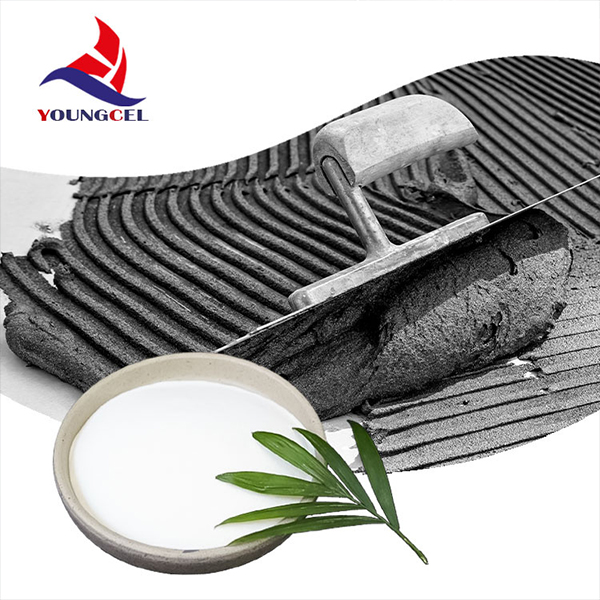The Role of Cellulose in Paints
Cellulose, a naturally occurring polymer derived from plant cell walls, is gaining prominence in the paint industry due to its versatile properties and eco-friendly characteristics. With the growing emphasis on sustainability and environmental responsibility, the incorporation of cellulose in paints and coatings has become a notable trend. This article will explore the significance of cellulose in formulations of paints, its benefits, and its various applications.
What is Cellulose?
Cellulose is the most abundant organic polymer on Earth, primarily found in the fibers of plants. It is a compound made up of long chains of glucose units that are linked together, providing structural support to plant cells. When processed, cellulose can be transformed into different derivatives, including cellulose ethers (such as methylcellulose and hydroxypropyl cellulose) and cellulose esters. These derivatives possess unique properties that enhance the performance of paints and coatings.
Benefits of Using Cellulose in Paints
1. Thickening Agent One of the primary functions of cellulose derivatives in paint formulations is as a thickening agent. They improve the viscosity of the paint, allowing for better application and control during the painting process. This property is especially important for achieving even coverage while minimizing the risk of dripping or sagging.
2. Film-Forming Properties Cellulose can form films that adhere well to various substrates. This film-forming ability is crucial for developing durable and protective coatings that can withstand environmental stresses, including moisture, UV radiation, and temperature fluctuations. The resulting films provide a smooth finish while enhancing the paint’s resistance to abrasion and weathering.
3. Improvement of Stability Cellulose derivatives also enhance the stability of paint formulations. By preventing the settling of pigments and other components, they ensure that the paint remains uniform and easy to apply over its shelf life. This stability contributes to the long-lasting performance of the finished product.
cellulose for paints

4. Eco-Friendly Solution With increasing concerns about volatile organic compounds (VOCs) and their impact on health and the environment, cellulose presents an attractive alternative. Many cellulose derivatives have low VOC content, making them suitable for environmentally friendly paint formulations. This aligns with the growing demand for greener products in the market.
5. Water Retention In water-based paints, cellulose derivatives contribute to better water retention during the drying process. This property allows for extended working time during application, ensuring that the paint does not dry too quickly and allowing for easier manipulation and blending of colors.
Applications of Cellulose in Paints
Cellulose is widely used in various paint applications, including architectural, industrial, and automotive coatings. In architectural paints, the smooth finish and durability provided by cellulose derivatives make them ideal for residential and commercial buildings. For industrial paints, the added stability and protective qualities are essential for machinery and equipment exposed to harsh conditions. In the automotive industry, cellulose improvements ensure that coatings maintain their appearance and functionality over time.
Furthermore, cellulose can be utilized in specialty coatings, such as those for wood, metal, and other surfaces requiring specific protective features. Its versatility enables formulators to tailor paints to meet diverse performance criteria.
Conclusion
In conclusion, cellulose is an invaluable component in the formulation of modern paints and coatings. Its multifunctional properties, combined with its sustainable nature, make it an excellent choice for manufacturers aiming to produce high-quality, eco-friendly paint products. As the industry continues to evolve towards greener practices, the role of cellulose will undoubtedly expand, paving the way for innovative solutions in paint technology.
-
HEC 100000 Hydroxyethylcellulose for Paint | Superior ThickeningNewsAug.30,2025
-
Wall Putty Rdp Powder Packaging DesignNewsAug.29,2025
-
Introduction to Hpmc Hydroxypropyl Methyl CellulosNewsAug.29,2025
-
Hpmc Industri Grade IntegrationNewsAug.29,2025
-
How to Choose the Right Construction AdhesiveNewsAug.29,2025
-
Construction Adhesive StrengthNewsAug.29,2025




